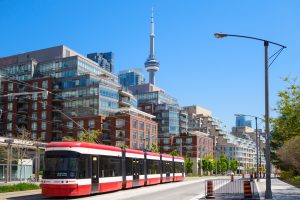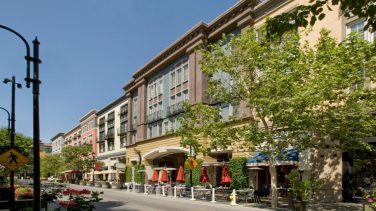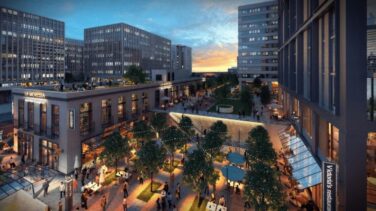
In the U.S., we expect the latest and greatest trends to take root in cities like Los Angeles, Chicago, or New York, but we can also learn from our Canadian neighbors — especially from Toronto, where innovative approaches toward urban development are in progress.
Take transit-oriented communities (TOC), a priority of both the city of Toronto and the province of Ontario. To support the building of new, sustainable transit, the government is seeking to establish more housing and jobs near or at transit stations along the routes of four subway projects in the Greater Toronto Area. According to the provincial government’s website, benefits of TOCs include increased ridership on public transit, reduced traffic congestion, increased housing supply and jobs, “complete communities” founded upon good planning principles, the ability to offset costs of transit station construction, and stimulation of the economy through major projects.
Now that several TOC projects in Greater Toronto are on the coUrbanize platform, we’ve had the opportunity to observe their progress firsthand, and we’re impressed with what we see.
East Harbour, for one, serves as a model for other municipalities to follow. TOC partner Cadillac Fairview has spearheaded the creation of a mixed-use master plan for the 37-acre site located immediately east of Downtown Toronto. The proposed community will include residential and commercial properties supplemented by retail, cultural programs, and public open spaces. The partners anticipate that the development will bring more than 4,300 residential units — including affordable housing — and will generate more than 50,000 jobs and $172 million/year in real estate taxes.
At this time, the project partners are soliciting community feedback through the coUrbanize platform, and the plan is quickly gaining support. The influential Urban Toronto website –which covers construction, development, architecture, and real estate — has praised it, predicting that, “Whatever the end result, there is little doubt that East Harbour will have an incredible impact on Toronto’s East End, and the city as a whole.”
We agree. But we should also point out that urban development in Toronto, just like urban development in Los Angeles, New York, and Chicago, is not all roses and sunshine. NIMBYism exists in each of these cities. In a commentary that ran in the National Post, activist Ginny Roth excoriated outspoken residents of wealthy communities for demonstrating an “illogical amorality” — “a belief that though I acknowledge that this thing (subway line, low-income housing, homeless shelter, natural gas plant) should exist (I might even demand it of my politicians!), I just don’t think it should exist near me.”
Sound familiar? We encounter NIMBYism frequently in the places where projects on the coUrbanize platform are underway – places like Detroit, Boston, Seattle, and Cleveland. In these cities, as in the Greater Toronto area, demand for affordable housing far outweighs supply. That’s why it’s so critical to engage residents in the planning process – so they’ll better understand the benefits of proposed mixed-use developments that include affordable housing. The partners in the East Harbour project recognize this, and accordingly are ensuring that every voice is heard. We applaud them. And we urge developers and municipalities in U.S. cities to follow this model. When it comes to real estate, Toronto is a trendsetter.


